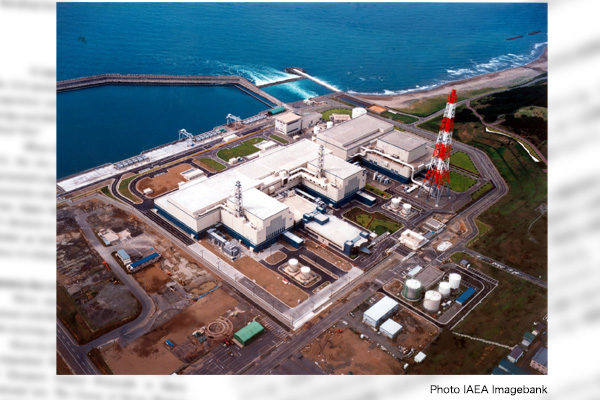At a time when oil, natural gas and other energy prices spike due to Western countries’ economic sanctions on Russia for its aggression against Ukraine and Russia’s retaliation, the electricity supply-demand balance will tighten toward the coming winter in Japan. The maximum utilization of nuclear power plants is the only option for Japan to survive without domestic energy resources. Prime Minister Fumio Kishida has just come up with a nuclear policy turnaround, instructing to consider the development and construction of next-generation nuclear power plants. The decision has a big impact, representing a clean hit by Kishida who had earlier failed to demonstrate his leadership in utilizing nuclear power.
NRC to accelerate nuclear plant screening
In another important development, Kishida instructed the Nuclear Regulatory Authority to accelerate the safety screening of nuclear power plants in eastern Japan where the electricity supply-demand balance is especially feared to tighten. To supply cheap and stable electricity, Japan will restart seven reactors next summer or later in addition to 10 that have already resumed operation. This is indispensable for the new growth strategy that Kishida pursues.
The instruction to consider developing and constructing next-generation nuclear power plants will encourage nuclear plant makers and companies in their supply chains to expand capital investment and secure relevant human resources. This has barely put a brake on a decline of the nuclear industry that has been on the brink of collapse amid the nuclear phaseout trend.
When the NRA was established in September 2012, then Prime Minister Naoto Kan known for favoring nuclear phaseout said, “As many as 10 or 20 reactors will never restart smoothly because the NRA is discussing active faults.” The NRA’s slow screening indicated by Kan has continued for a decade. Electric utilities have been plagued with such regulatory measures as the extra-long-term safety screening, delayed permits on construction and orders to suspend operations due to delays in the completion of facilities that protect from aviation terrorism. The NRA should assimilate good parts in the U.S. regulations and encourage electric utilities’ own efforts to prevent accidents.
In response to Kishida’s policy turnaround, the regulatory authorities made technical advice to electric utilities to accelerate safety screening, some of them told me. I welcome Kishida’s instruction as leading to changes in the authorities’ attitude.
Next-generation reactors are equipped with safety devices
Learning lessons from the Fukushima Daiichi nuclear accident, nuclear power plant makers will standardly equip next-generation nuclear reactors with safety devices such as natural cooling systems to shut down reactors in response to accidents, filter vents to absorb radioactivity for ventilation, devices to cool pressure vessels through water injection at the lower part of reactor containment vessels, and core catchers that catch and cool molten materials from the reactor core to prevent containment vessels from being damaged.
The European pressurized reactor (EPR) and the Chinese-developed Hualong One reactor are standardly equipped with these devices. So are other new reactors including the UK Advanced Boiling Water Reactor (UK-ABWR) that had been planned by Hitachi-GE Nuclear Energy for export to Britain, as well as a next-generation reactor under joint development by Mitsubishi Heavy Industries and France’s Framatome. The innovative natural cooling system, adopted for small modular reactors (SMRs), will be applied to 1 million-kilowatt next-generation light water reactors.
Tadashi Narabayashi is a specially appointed professor at the Tokyo Institute of Technology and a director at the Japan Institute for National Fundamentals.


